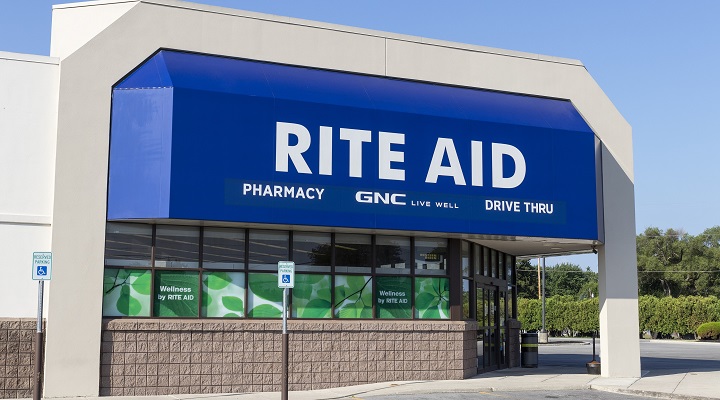American drugstore chain Rite Aid has filed for Chapter 11 bankruptcy protection amid billions of dollars in debt, declining sales, and lawsuits over alleged illegal prescriptions for painkillers.
The company said it has received a commitment for $3.45 billion in new financing from its lenders, which is expected to provide sufficient liquidity to support it during the process.
The Chapter 11 filing will allow Rite Aid to resolve litigation claims in an “equitable manner”, the firm added.
In addition, the company has filed a number of customary motions with the court seeking authorization to support its operations, including the payment of employee wages, salaries and benefits without interruption.
Rite Aid will also continue assessing its footprint and close additional underperforming stores, further reducing rent expenses. The chain currently operates more than 2100 retail pharmacy locations across 17 states.
In a separate press release, the company named Jeffrey Stein its new CEO and chief restructuring officer, effective immediately. Stein replaces Elizabeth Burr, who has served as interim CEO since January.
As of June, Rite Aid had $3.3 billion in debt, according to company filings. Its stock has fallen nearly 80 per cent since the start of the year.
Along with other pharmacy chains, Rite Aid has been named as a defendant in lawsuits that alleged they helped fuel the opioid crisis in the US. In August, opioid manufacturer Mallinckrodt Pharmaceuticals, which also faces similar lawsuits, filed for bankruptcy for a second time in three years.
Unviable
Neil Saunders, MD of GlobalData, described Rite Aid as “an unviable entity”, running on the fumes of cash it generates in its day-to-day business.
The company has suffered net losses of $2.9 billion and has $3.3 billion of long-term debt sitting on the balance sheet.
“The pending lawsuits for opioid settlements, which by our estimates could end up costing the company around $1 billion, are simply the coup de grace. Rightly or wrongly, Rite Aid cannot afford either the cost of the suits or any settlement.
“Bankruptcy is the only sensible option as it will allow Rite Aid to restructure its debt and to potentially address the various opioid settlements as part of one process,” said Saunders.
While Rite Aid should be able to emerge from bankruptcy, unless it is bought by a larger firm it will still struggle, he said, adding the new CEO will need to chart a new commercial course to ensure long-term survival.






